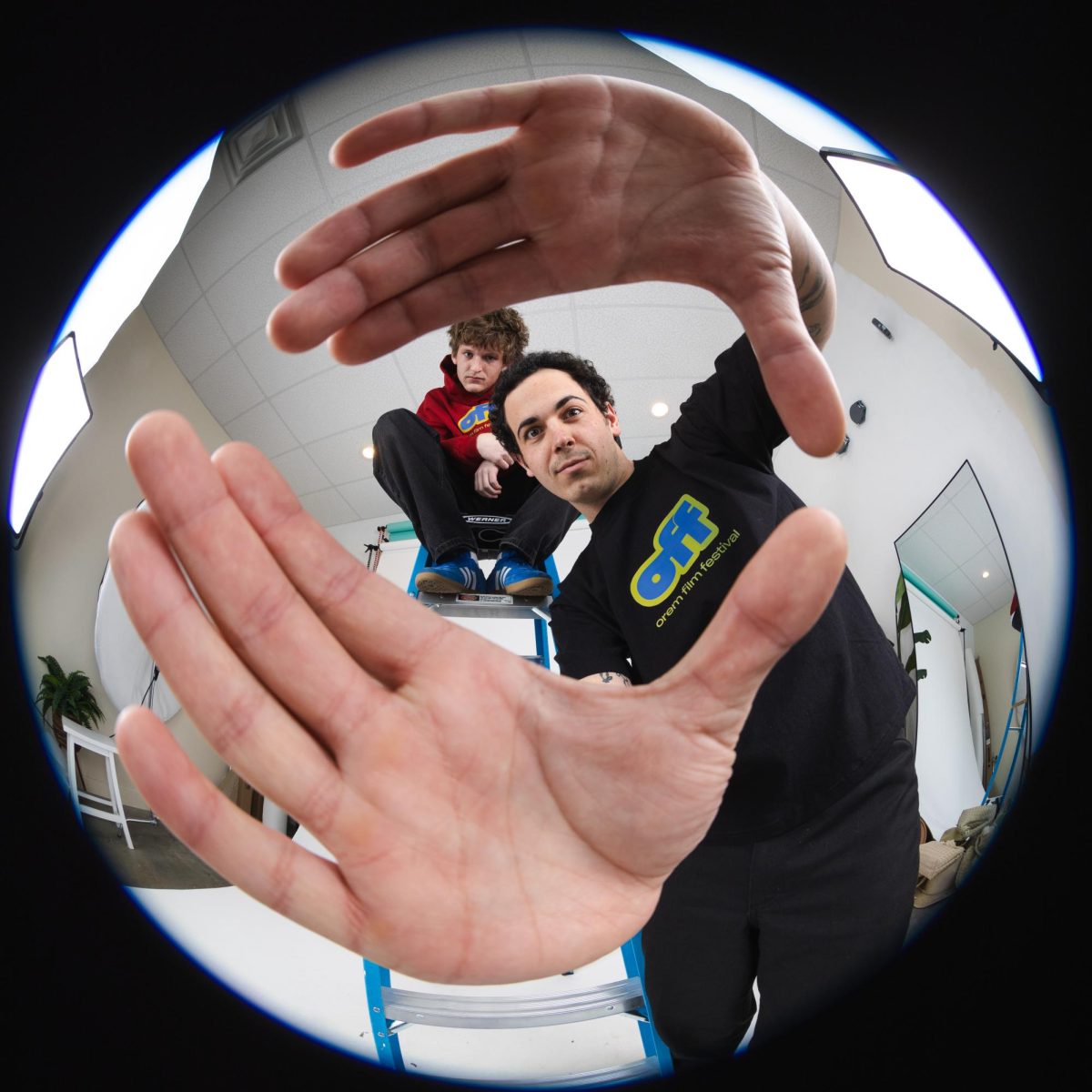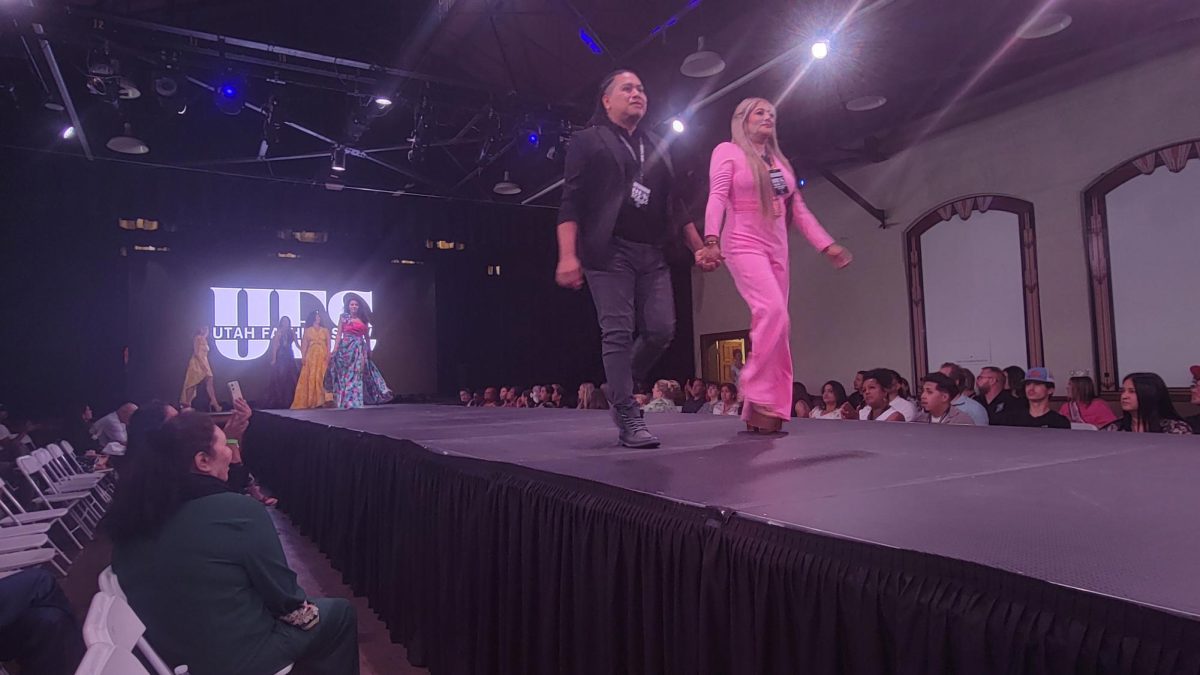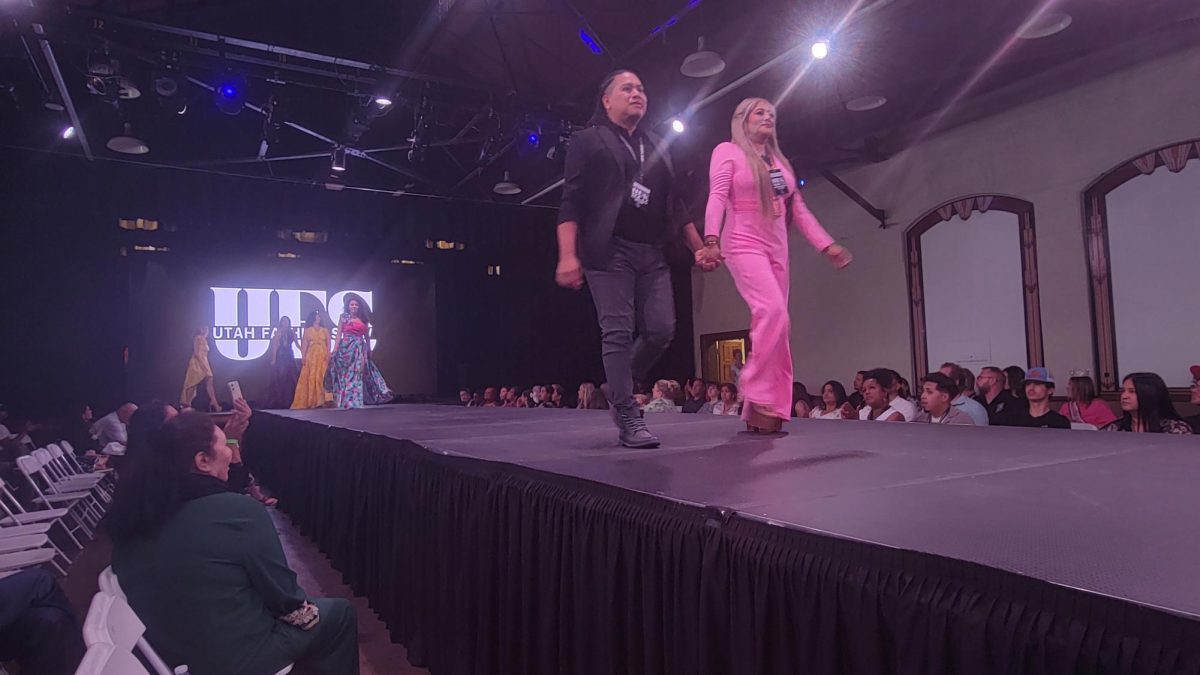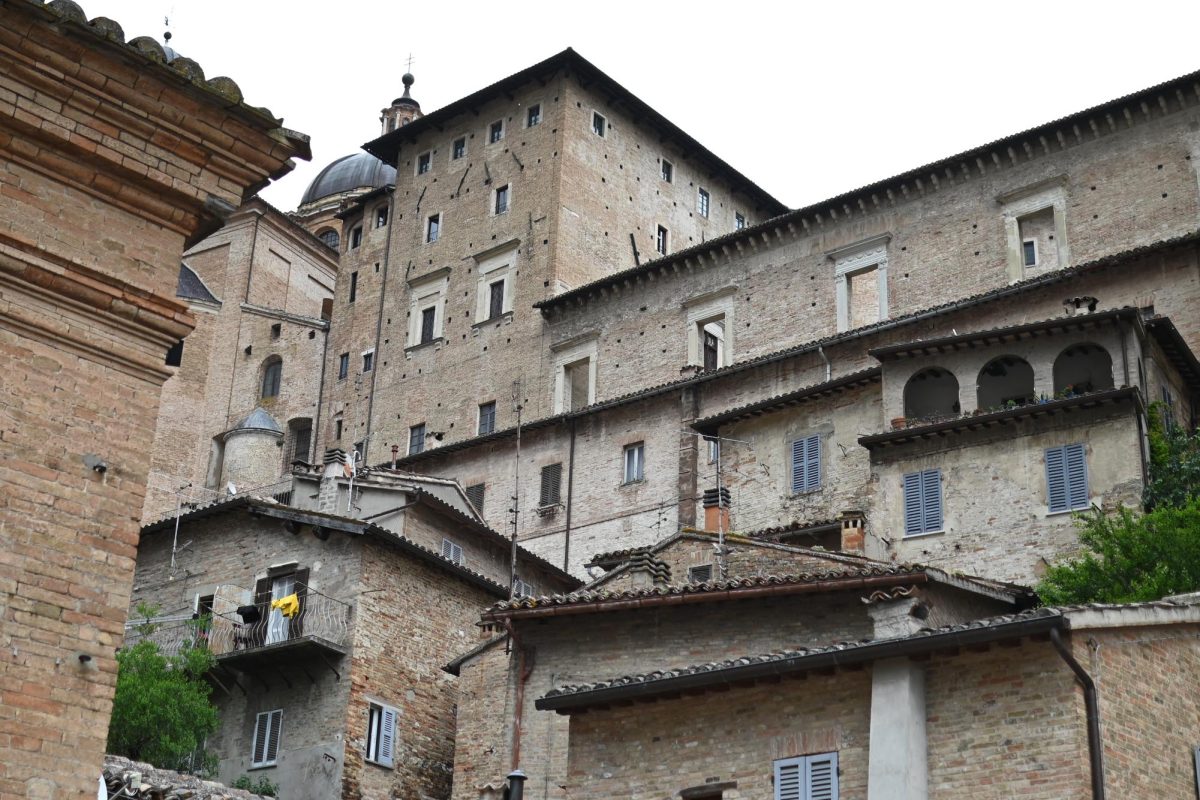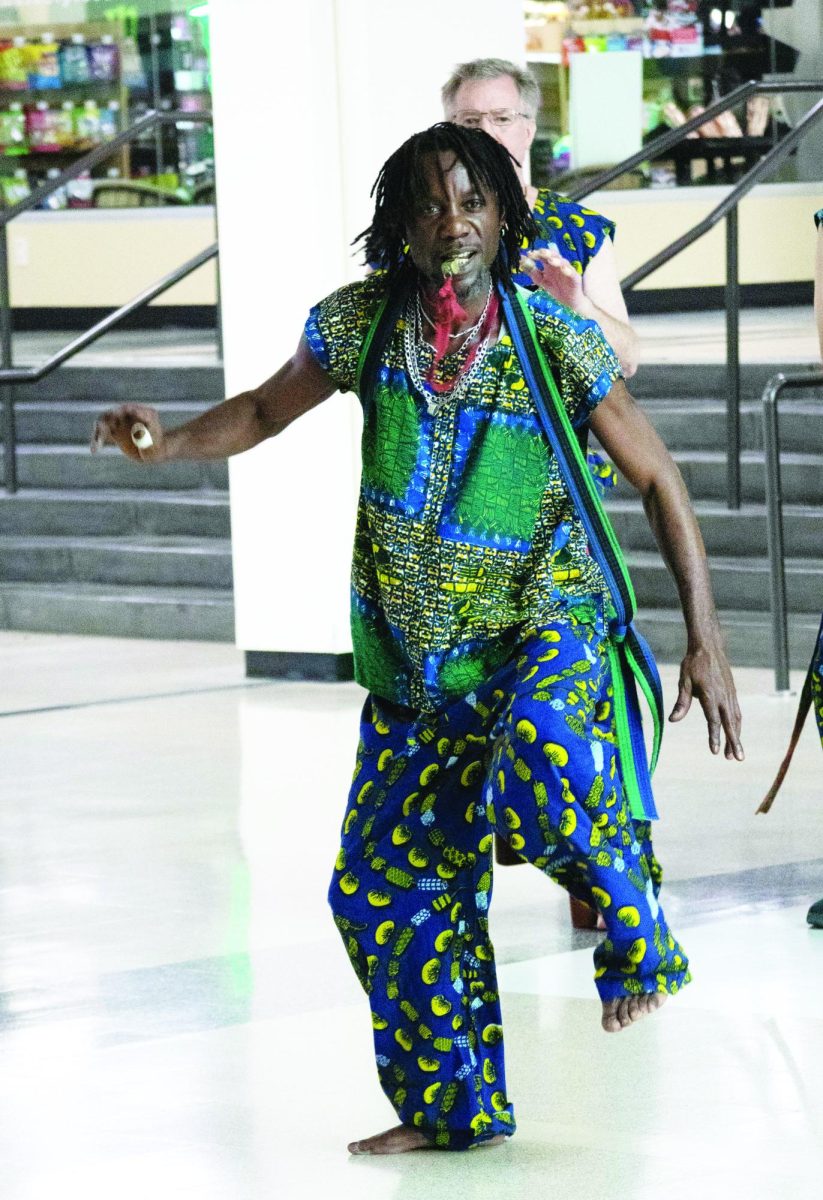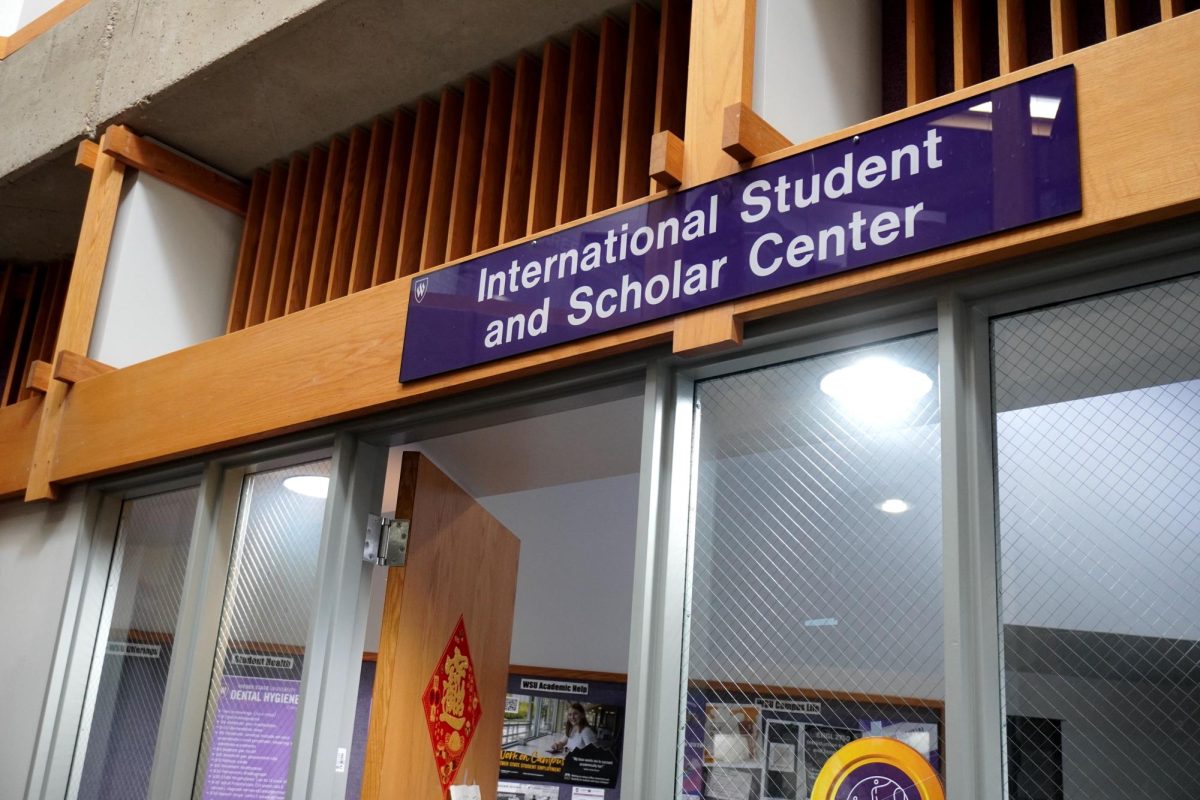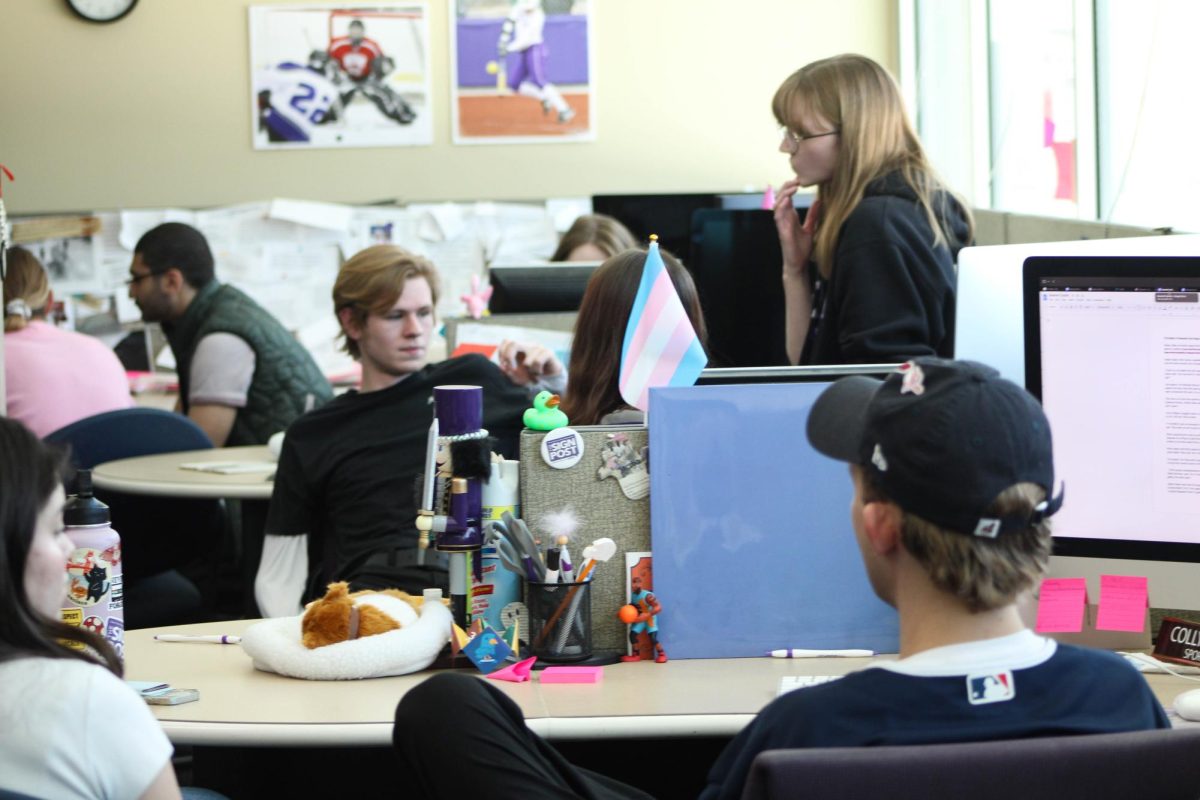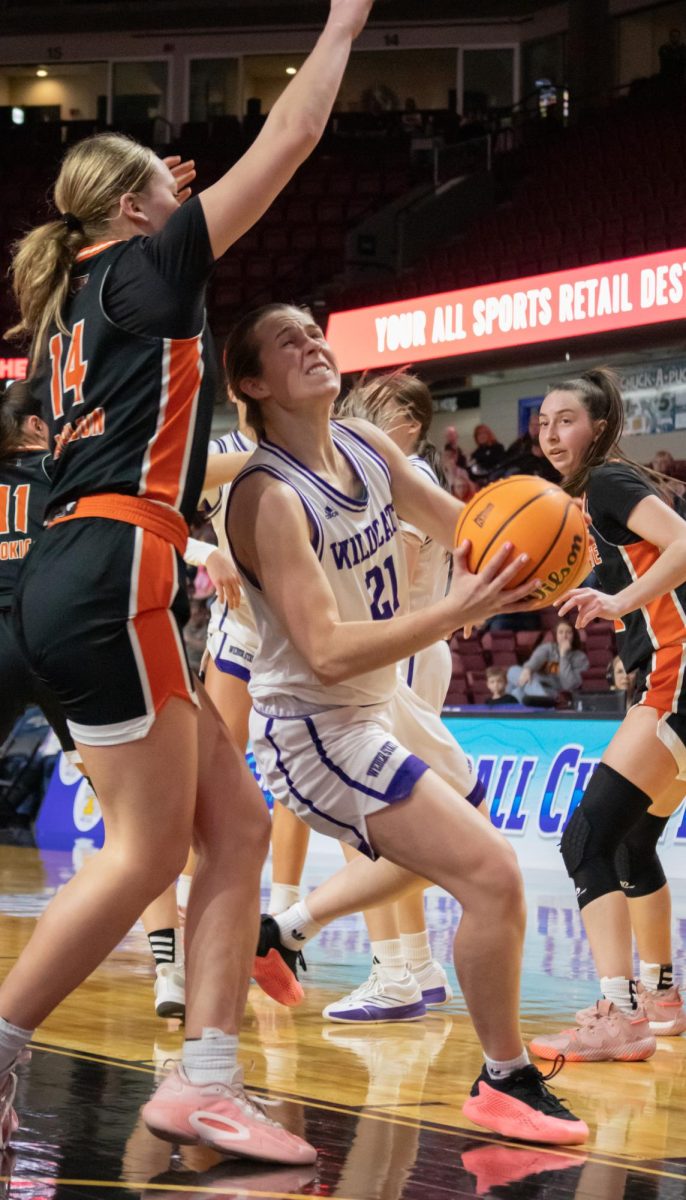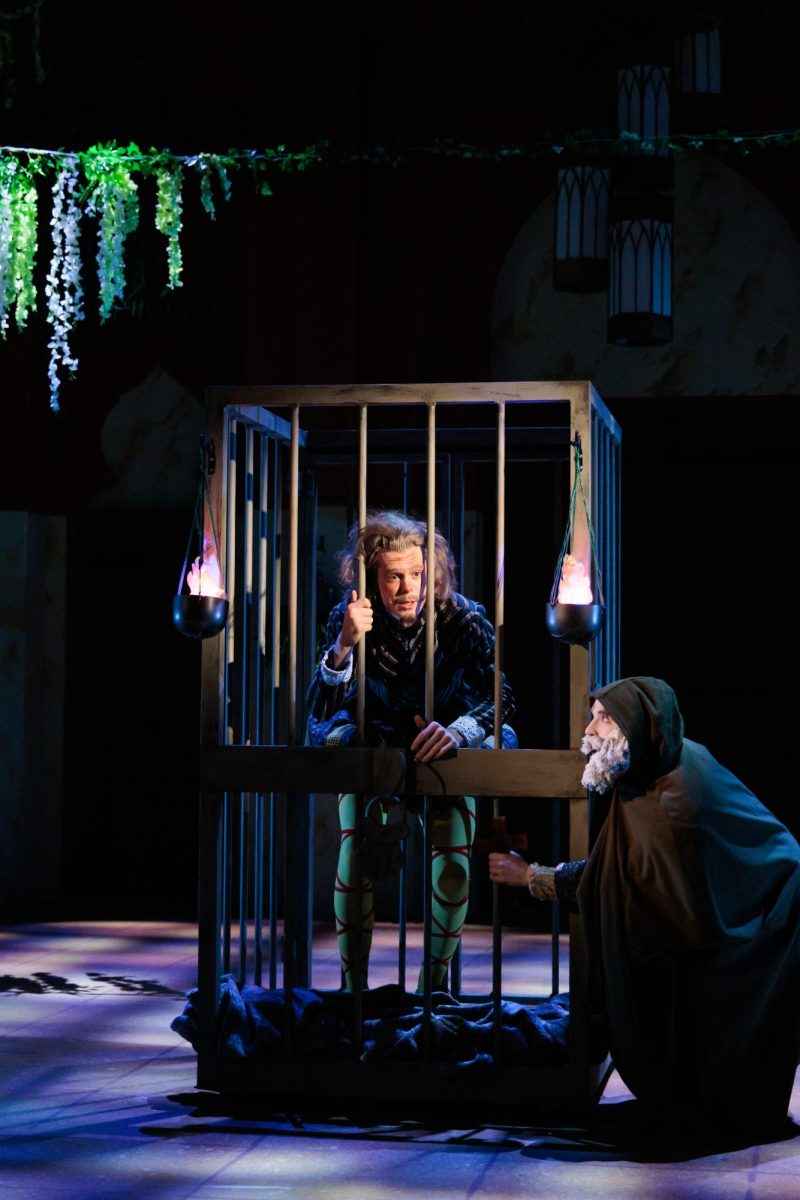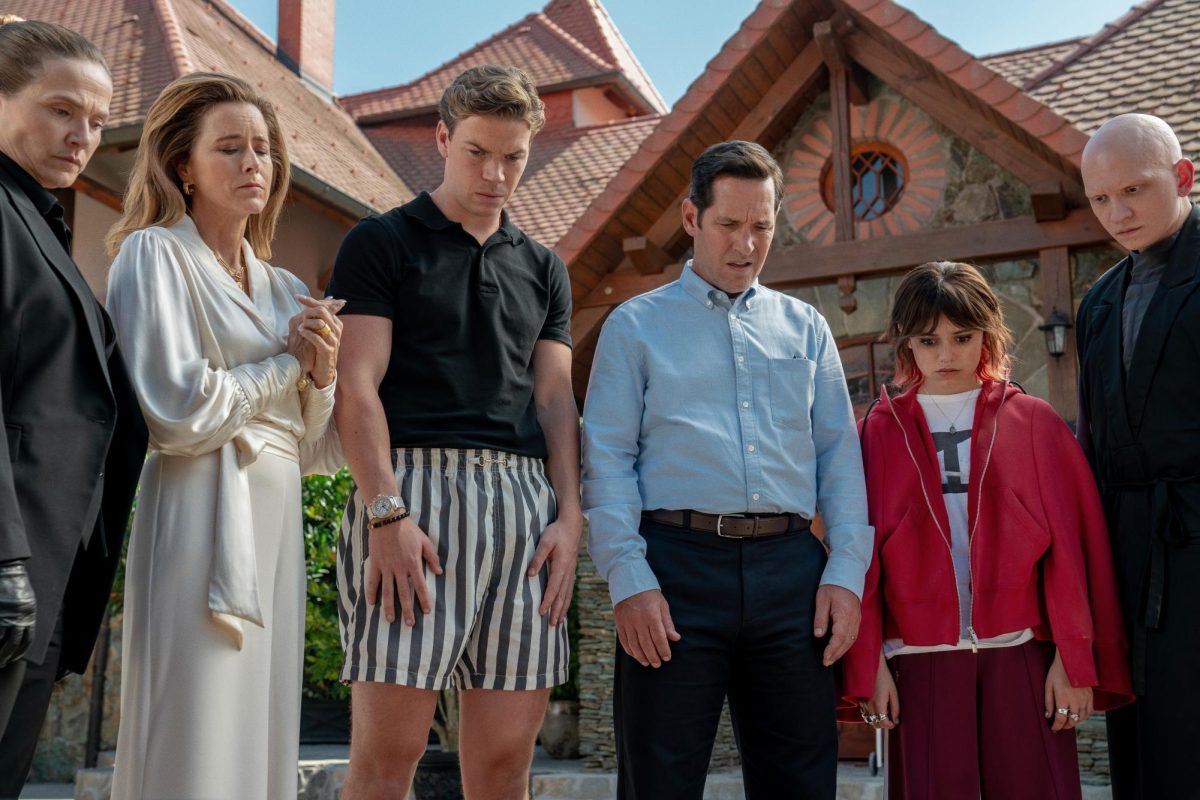Gathered around a window, several American soldiers peered out cautiously. The gunfire hadn’t quite ceased yet, but had diminished considerably. One soldier with binoculars attempted to view beyond the burned down structure that separated the allied command post and the German front line.

With a single crack, the attack was underway again. Members of Germany’s 6th and 12th SS Panzer Divisions began flooding towards the American command post (CP), taking cover in cinders of the destroyed building just before it. The group of American soldiers scattered from the window as one crouched down and unloaded eight rounds from his M1 Garand rifle to cover his friends as they scrambled to cover.
From the rear of the CP, a line of American soldiers entered, one carrying a brown briefcase that was secured with a single lock. Quickly, it was stowed under a table in the CP. It was the objective—the whole reason they were there—and the rumor was it contained secret documents that were stolen from the Third Reich. They were ordered to keep it from falling back into German hands.
As soon as the briefcase was secure, a radio message radiated over allied frequencies “Runner to the CP, runner to the CP.” This secret message indicated that the briefcase was in allied hands and ordered all nearby allied units to converge on its location to defend it against enemy acquisition at all costs.
The battle ended at 3 p.m. and the allied forces were declared victorious. The casualties of the battle rose from the locations of their deaths and both sides shook hands at the end of an intense scenario.
Thus was the end of the first day of the “Battle for Germany,” a World War II reenactment being held in the now-closed George Air Force Base in Victorville, California, where roughly 150 reenactors converged from Southern California, Nevada, Colorado and Utah to reenact the last moments of the Third Reich. Dressed in the uniforms of allied and axis nations—complete with period vehicles, weapons, and encampments—the reenactors came together as brothers in arms.
Events like this one last February occur throughout the country at all times of the year. They serve an opportunity for amateur historians to share the stories and experiences of the greatest generation to the public and also give a glimpse into what life was like for an average soldier during World War II.
I went to the event to experience what it might have been like to be a war correspondent from that time—a mini Ernie Pyle of sorts. With my 1938 Kodak 35mm camera, I attempted the cover the reenactment in the same way a war correspondent would cover a conflict. The kinds of stress and hardship that past and present war correspondents endure to bring us accurate and up-to-date information from conflicts is humbling.
While my experience was simply a weekend and only involved weapons shooting blanks, men and women all over the world are willing to rush into any situation where the danger is absolutely real and risk their lives and they deserve our humble admiration and respect.


